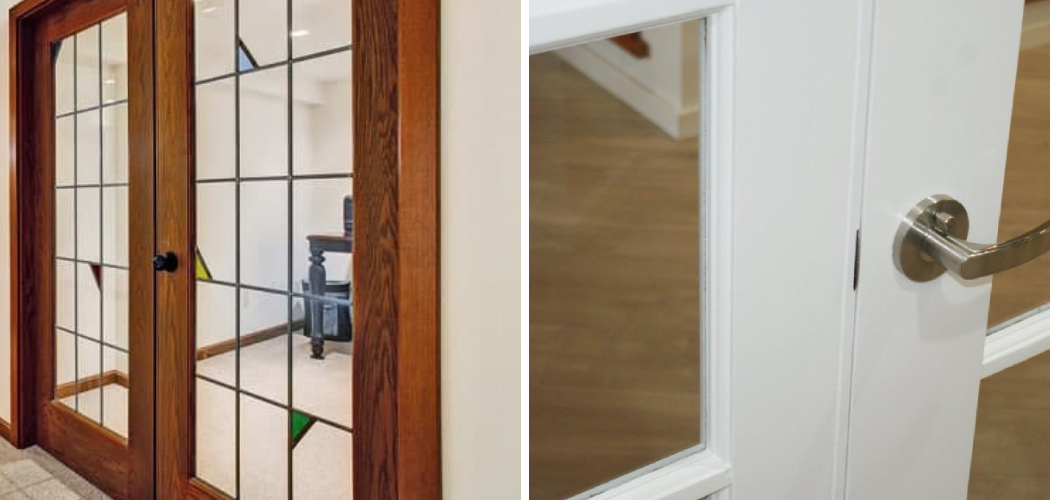If you have French doors in your home, it’s important to know how to lock them properly. Not only does this provide security for your home and belongings, but it also ensures the safety of your family. In this guide, we will discuss some key reasons why knowing to lock French doors interior is essential.
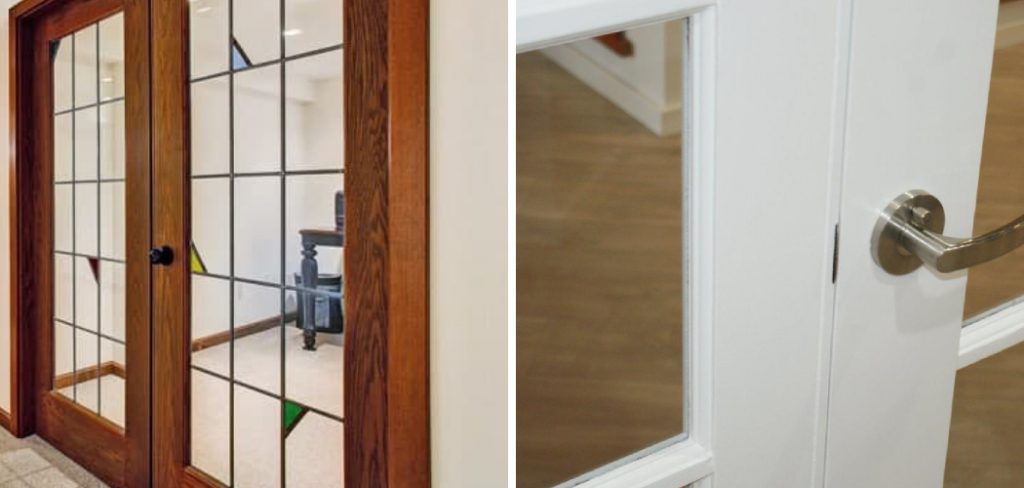
When it comes to home security, one area that often gets overlooked is the interior doors. In particular, French doors can be a target for intruders due to their large glass panels and accessible handles. That’s why learning how to properly lock your French doors is crucial in keeping your home safe. In this blog post, You will learn in detail how to lock french doors interior.
Step-by-step Instructions for How to Lock French Doors Interior
Step 1: Inspect the Door
Before you start locking your French doors, make sure they are in good condition and functioning properly. Check if there are any damages or repairs needed on the door itself or the frame.
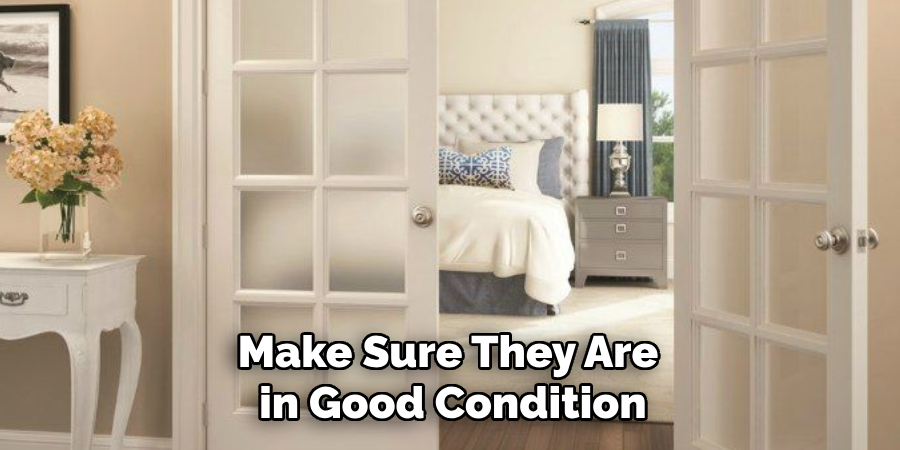
Step 2: Prepare Tools
To successfully lock your French doors, prepare all the necessary tools beforehand. This includes a drill, screwdriver, hammer, wooden blocks, leveler, chisel, and a key for the lock. French doors can be locked using various types of locks such as deadbolts, handle locks, or multi-point locking systems. Choose the type that suits your door and provides maximum security.
Step 3: Install the Strike Plate
The strike plate is where the bolt from the lock will go into, securing the door. Use a chisel and hammer to create a recess in the door frame for the strike plate to sit in. Insert the lock cylinder into the designated hole on one of your French doors. Make sure it is level and aligned properly before securing it with screws.
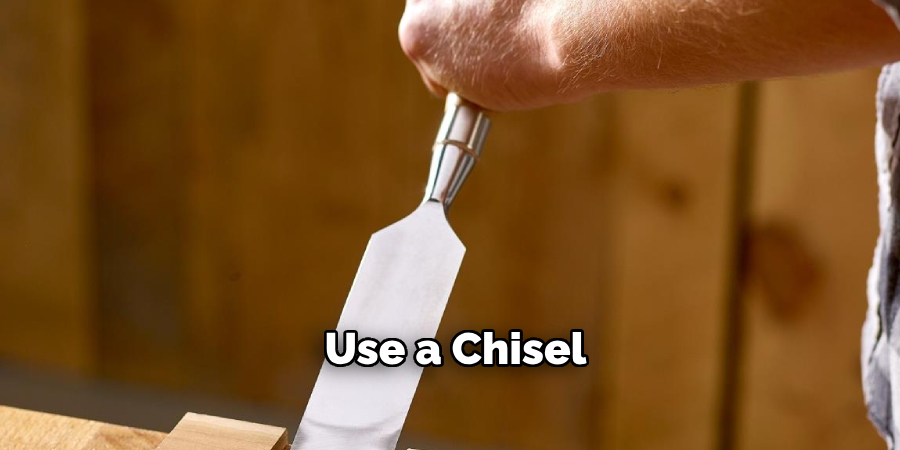
Step 4: Install Deadbolt or Handle Lock
If you are using a deadbolt or handle lock, follow the manufacturer’s instructions to install it on your French door. Ensure that it is properly aligned and functioning correctly. For double French doors, repeat the previous steps on the second door, making sure both locks align with each other when closed.
Step 5: Check for Gaps
Locking French doors may leave gaps between the two doors. Use wooden blocks to fill these gaps and ensure a secure fit. After installation, test both locks to make sure they are functioning properly and securely locking your French doors. Adjust if needed.
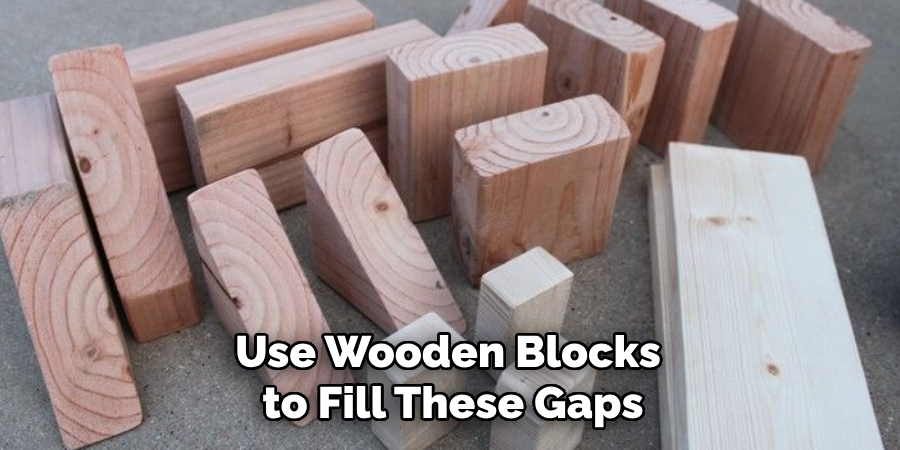
Step 6: Maintain Regularly
To ensure your French doors stay locked and secure, regularly maintain the locks and hinges for any wear or damage. This will also prolong the lifespan of your locks.
By following these step-by-step instructions, you can easily lock your French doors interior and provide an added layer of security for your home. Remember to always inspect the condition of your doors before locking and maintain them regularly for optimal performance.
Safety Precautions for How to Lock French Doors Interior
- Always try to lock both of your French doors, even when you are at home. This will help prevent intruders from gaining access to your property.
- Keep the keys to your French doors in a safe and easily accessible place, so that you can quickly lock them in case of an emergency.
- Consider installing deadbolt locks on your French doors for extra security. These locks are more difficult to pick or break, making it harder for burglars to enter your home.
- If your French doors have glass panels, consider adding a secondary method of locking such as a latch or a key-operated bolt on the top and bottom of the door. This will provide an extra layer of protection against forced entry.
- Regularly check and maintain your French doors to ensure that the locking mechanism is working properly. A faulty lock can make your home more vulnerable to break-ins.
- If you have children or pets, make sure they cannot reach the locks on your French doors and accidentally unlock them. Consider installing childproof locks for added safety.
- In case of any suspicious activity or attempted break-ins, do not hesitate to contact the authorities and report it immediately. It is always better to be safe than sorry when it comes to protecting your home and loved ones.
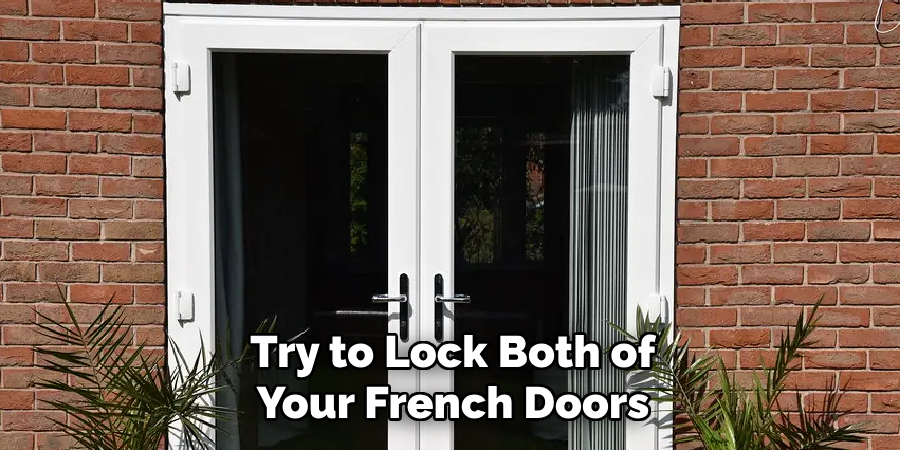
Remember, locking your French doors interior is not just about keeping intruders out, but also about securing your home and giving you peace of mind. By following these safety precautions, you can ensure that your French doors remain a beautiful and functional addition to your home while also providing the necessary security.
What Are Some Common Issues With Locking French Doors Interior?
Locking French doors interior can provide an elegant touch to any room, allowing natural light to flood in while creating a seamless transition between indoor and outdoor spaces. However, these doors also come with their own unique set of challenges when it comes to locking them properly. One common issue with locking French doors interior is misalignment.
Since these doors are made up of two individual doors that meet in the middle, it is essential for them to be properly aligned in order for the lock mechanism to function correctly. Over time, the doors may shift or settle, causing misalignment and making it difficult to engage the lock. Another issue that can arise with locking French doors interior is a faulty lock mechanism. This could be due to wear and tear over time or a defect in the manufacturing process. If the lock is not functioning properly, it may be necessary to replace it in order to properly secure the doors.
Importance of Locking Your French Doors
Even though French doors are primarily used for their beauty and to allow more natural light in, they also serve as a point of entry for unwanted guests. This is why locking them properly is crucial. Here are seven reasons why locking your French doors interior is important:
- Deter Burglars: A locked French door will be a deterrent for any potential burglars looking to gain easy access to your home.
- Prevent Forced Entry: A locked French door is much more difficult to force open compared to an unlocked one, making it less vulnerable to break-ins.
- Protect Against Picking: The locks on French doors are often easier to pick than traditional locks, so locking them adds an extra layer of security against lock-picking attempts.
- Keep Your Home Safe: A locked French door will give you peace of mind knowing that your home is secure, even when you’re away.
- Protect Against Bad Weather: If a storm or strong winds hit your area, locking your French doors can prevent them from being blown open and protect the interior of your home.
- Child Safety: Locking your French doors can prevent young children from accidentally opening them and wandering outside.
- Privacy: Locking your French doors can provide privacy when you don’t want anyone to enter the room, such as when changing clothes or taking a nap.
What Are the Benefits of Using a Keyless Entry System for Locking French Doors Interior?
French doors are a popular feature in many homes, providing an elegant and functional way to connect different spaces while allowing natural light to flow through. However, the traditional method of locking French doors with a key can be inconvenient and even unsafe at times. Thankfully, with advancements in technology, there is now a more efficient and secure way to lock French doors interior – using a keyless entry system.
So what exactly is a keyless entry system for French doors? It is essentially a type of electronic door lock that allows you to enter and exit your home without the use of a physical key. Instead, you can use either a keypad, a key fob, or even your smartphone to gain access. This is not only convenient but also offers several benefits over traditional locking methods. One of the main advantages of using a keyless entry system for French doors interior is enhanced security. With a traditional lock and key, there is always the risk of losing or misplacing your keys, or having them stolen.
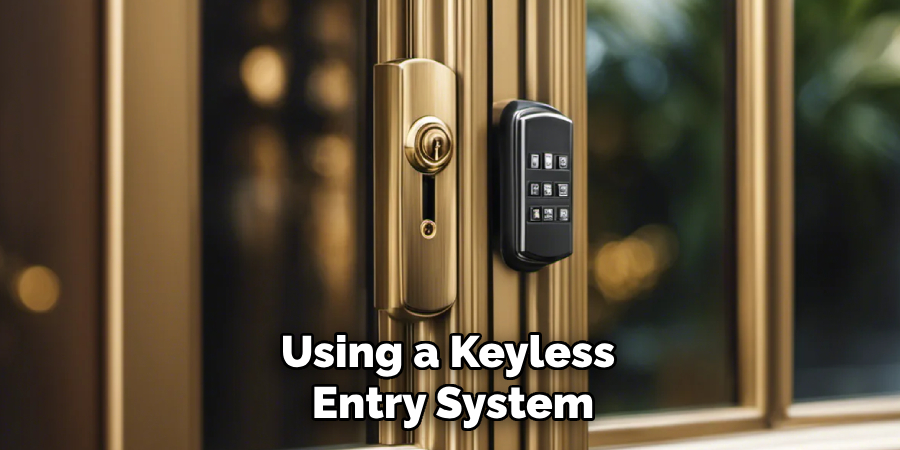
Maintenance Tips for Keeping Your French Door Locks in Good Condition
Did you know that French doors add a touch of elegance and charm to any home? These double doors are not only aesthetically pleasing, but they also provide an abundance of natural light and easy access to the outdoors. However, one concern homeowners have is how to properly lock French doors interior.
Ensuring your French door locks are in good condition is essential for maintaining the security of your home. In this guide, we’ll provide you with maintenance tips to help keep your French door locks in top working condition.
1. Regularly Clean and Lubricate the Locks
The first step to maintaining your French door locks is to regularly clean and lubricate them. Dirt, dust, and grime can build up in the lock, causing it to become stiff and difficult to turn. Use a soft cloth and mild cleaner to wipe down the lock mechanism and remove any debris. Then, apply a small amount of graphite or silicone-based lubricant to the key and insert it into the lock, turning it back and forth a few times.
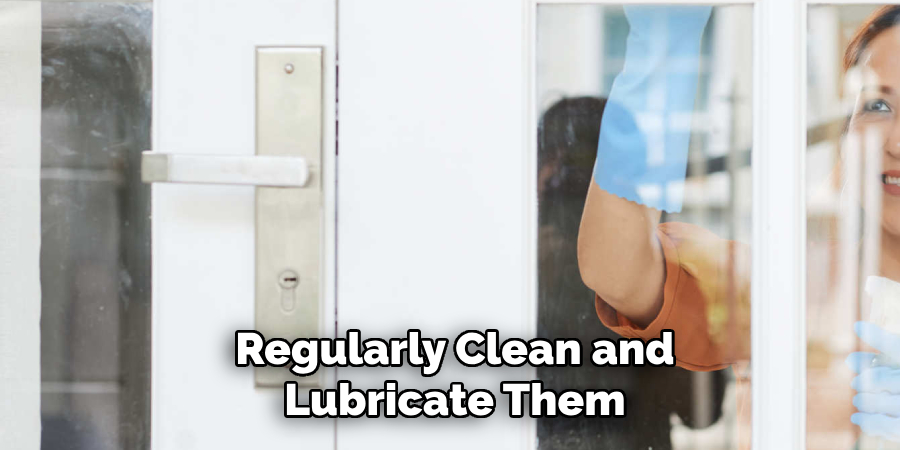
2. Check for Loose Screws
Over time, the screws on your French door locks may become loose due to constant use. This can cause the lock to become misaligned and make it difficult to secure properly. Make sure to check all screws periodically and tighten them if necessary.
3. Adjust Strike Plates
The strike plates are the metal pieces attached to the door frame that catches the latch or bolt when the door is closed and locked. If your French door is not closing or locking properly, the strike plates may need to be adjusted. Use a screwdriver to loosen the screws holding the strike plate in place, then reposition it so that it lines up with the latch or bolt. Tighten the screws back into place.
4. Keep Keys in Good Condition
Keys are essential for locking and unlocking French doors. However, if they become damaged or bent, they may not work properly in the lock. Regularly check your keys for any signs of wear and replace them if necessary.
5. Avoid Slamming the Door
Slamming your French doors can cause damage to the locks over time. This is especially important to remember when young children are present, as they may not know how to close the door gently. Encourage everyone in your household to close the doors carefully to help maintain the longevity of your locks.
6. Install a Deadbolt
If your French doors do not already have a deadbolt, it’s highly recommended that you install one. A deadbolt provides an extra layer of security and makes it more difficult for intruders to gain access to your home. Make sure to choose a high-quality, sturdy deadbolt that is compatible with your French doors.
7. Use Door Stoppers
Door stoppers are small, inexpensive devices that can help prevent damage to your French door locks. By placing them behind the doors, they can act as a buffer and prevent the doors from slamming shut, reducing wear and tear on the locks.
8. Schedule Professional Maintenance
Last but not least, it’s important to schedule professional maintenance for your French door locks at least once a year. A trained locksmith can inspect your locks and make any necessary adjustments or repairs to ensure they are functioning properly.
By following these maintenance tips, you can keep your French door locks in good condition and ensure the security of your home.
Are There Any Specific Regulations or Guidelines for Locking French Doors Interior in Certain Areas or Buildings?
In addition to regular maintenance, it’s important to also be aware of any specific regulations or guidelines for locking French doors interior in certain areas or buildings. For example, some local building codes may require French doors to have a specific type of lock for safety reasons. If you live in a condominium or apartment complex, there may also be rules and regulations set by the homeowners association or property management company regarding locking French doors. It’s important to familiarize yourself with these regulations and ensure that your locks are in compliance.
In commercial buildings, there may also be specific guidelines for locking French doors interior, especially in areas where security is a top priority. Consult with building maintenance or security personnel to ensure that your locks meet any necessary requirements. Keeping up with any regulations or guidelines for locking French doors interior can not only ensure the safety of your home or building, but it can also prevent any potential fines or penalties for non-compliance.
Conclusion
In conclusion, locking your French doors interior is an essential step to ensuring the safety and security of your home. It not only prevents unwanted access but also serves as a deterrent to potential intruders. To lock your French doors interior, you can use traditional methods such as deadbolts, handle locks, or keyless entry systems. Each option has its own advantages and it’s important to choose the one that best fits your needs.
In addition to choosing the right type of lock, it is crucial to ensure that it is properly installed and maintained. Regularly checking for any loose screws or weakened parts can help prevent break-ins and keep your home secure. I hope this article has been beneficial for learning how to lock french doors interior. Make Sure the precautionary measures are followed chronologically.

